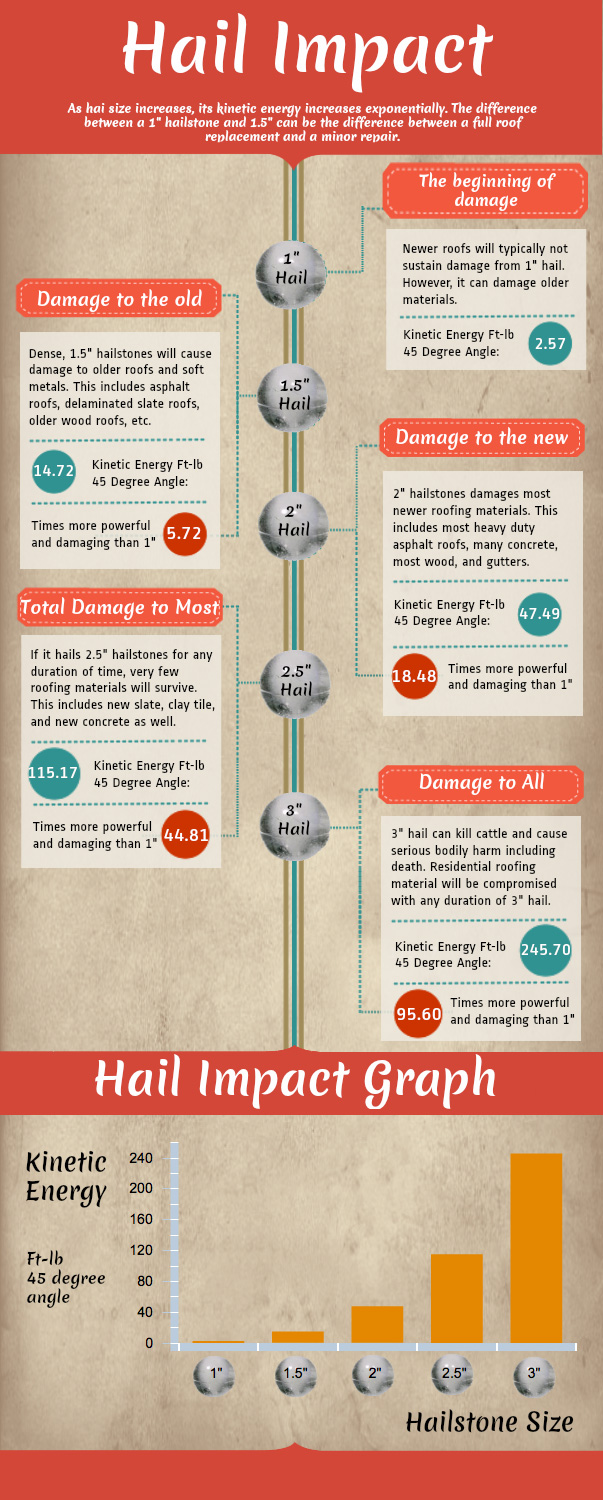Evaluating Numerous Solar Panel Kind: Which Alternative Is The Majority Of Ideal For Your Home?
Evaluating Numerous Solar Panel Kind: Which Alternative Is The Majority Of Ideal For Your Home?
Blog Article
Content Author-Vilhelmsen Nygaard
When it concerns choosing the ideal photovoltaic panels for your home, the options can be frustrating. Each kind uses distinctive advantages and trade-offs, making it vital to identify which elements line up finest with your objectives. Whether your focus is on effectiveness, cost-effectiveness, or visual appeals, there's a photovoltaic panel type that can satisfy your needs. So, prior to you decide, take into consideration the critical aspects that will impact your solar power system's efficiency and viability for your home.
Monocrystalline Solar Panels
When considering photovoltaic panels, you might discover monocrystalline solar panels. These panels are known for their high efficiency prices as a result of their building and construction from a single constant crystal structure. This design permits monocrystalline panels to execute much better in low light problems compared to other types of photovoltaic panels. Additionally, their streamlined black look makes them a preferred option for domestic setups, assimilating seamlessly with the majority of rooftops.
One essential advantage of monocrystalline solar panels is their area efficiency. They need much less area to generate the exact same quantity of electrical power as other solar panel kinds, making them ideal for homes with minimal roofing system room.
While monocrystalline panels often tend to be extra costly ahead of time, their long-term durability and performance often make them an economical financial investment in the world of solar power. If you focus on effectiveness and appearances in your photovoltaic panel selection, monocrystalline panels could be the right choice for your home.
Polycrystalline Solar Panels
Polycrystalline solar panels, likewise called multicrystalline solar panels, supply an alternate choice to monocrystalline panels. These panels are made from silicon crystals that are thawed with each other, producing a much less consistent look compared to monocrystalline panels.
https://travishnrwc.blog5star.com/29704049/a-novice-s-overview-to-solar-incentives-grants-tax-credits-and-discounts of the essential benefits of polycrystalline panels is their reduced manufacturing price, making them a more affordable alternative for home owners looking to buy solar power.
While https://600-watt-solar-panel32086.luwebs.com/29907658/are-you-looking-for-a-transformative-secret-to-enhance-your-cost-savings-on-solar-energy might have a somewhat reduced efficiency rate compared to monocrystalline panels, they still provide a trustworthy and affordable way to produce solar power for your home. These panels perform well in heats and are a resilient option for a range of environments.
If you have a bigger roof covering room and are seeking to maximize your power production without breaking the financial institution, polycrystalline panels could be the ideal option for you.
When thinking about solar panel choices for your home, it's necessary to evaluate the cost-effectiveness and efficiency of polycrystalline panels versus your power demands and budget restrictions.
Thin-Film Solar Panels
Carrying on to Thin-Film Solar Panels, these panels provide a distinct alternative to typical silicon-based alternatives like polycrystalline panels. Thin-film panels are lightweight and flexible, making them easier to set up on various surface areas like rounded roofs or wall surfaces. find out this here , blending in perfectly with the architecture of your home.
Nevertheless, it's necessary to keep in mind that thin-film panels usually have reduced performance prices compared to crystalline silicon panels. This indicates you may require even more area to create the very same amount of electrical power.
On the silver lining, thin-film panels execute better in low-light problems and have a reduced temperature level coefficient, meaning they can generate even more energy on hot days. If you have adequate area and are trying to find a flexible and visually appealing photovoltaic panel choice, thin-film panels could be an excellent choice for your home.
Final thought
Finally, when deciding on the best solar panel type for your home, consider your energy needs, spending plan, and space restrictions. https://transparentsolarcells72581.blog-a-story.com/9391238/take-a-deeper-dive-into-the-vital-aspects-forming-your-solar-trip-pricing-warranty-and-solution offer high performance in restricted space, while polycrystalline panels use an economical alternative with dependable performance. Thin-film panels supply adaptability and visual charm yet may have lower effectiveness rates. By weighing these aspects, you can choose the photovoltaic panel type that ideal fits your particular requirements.
